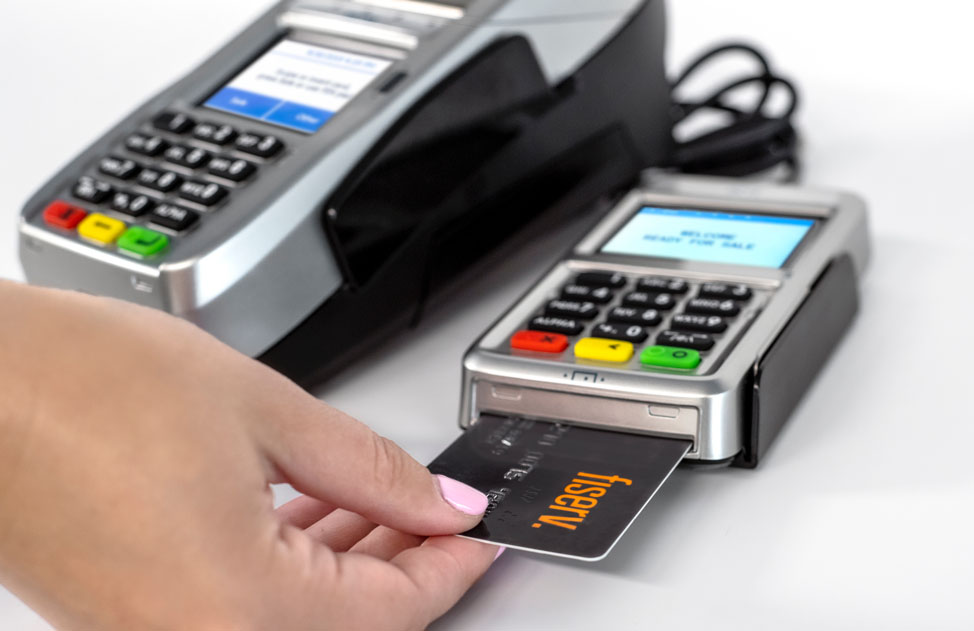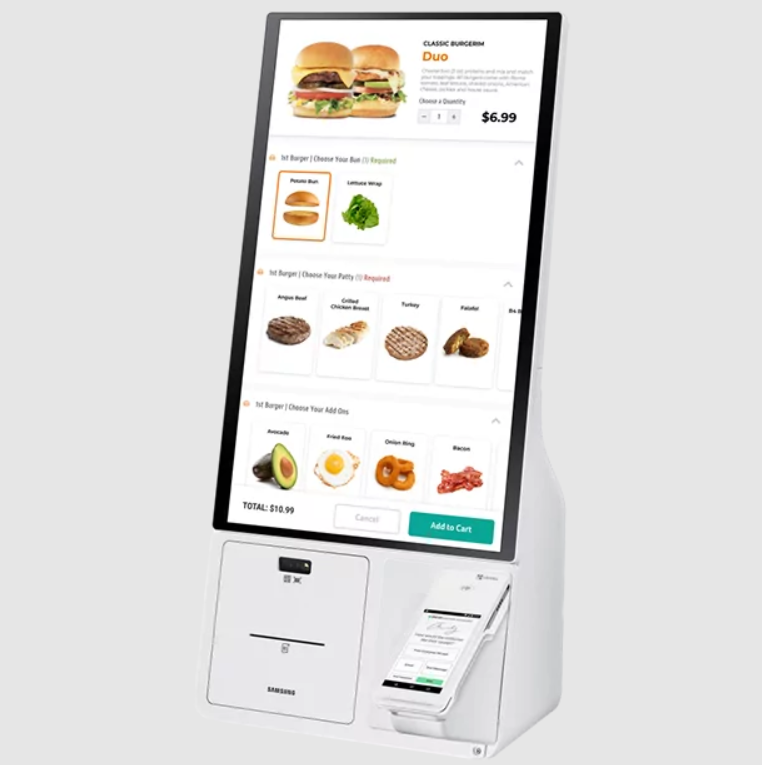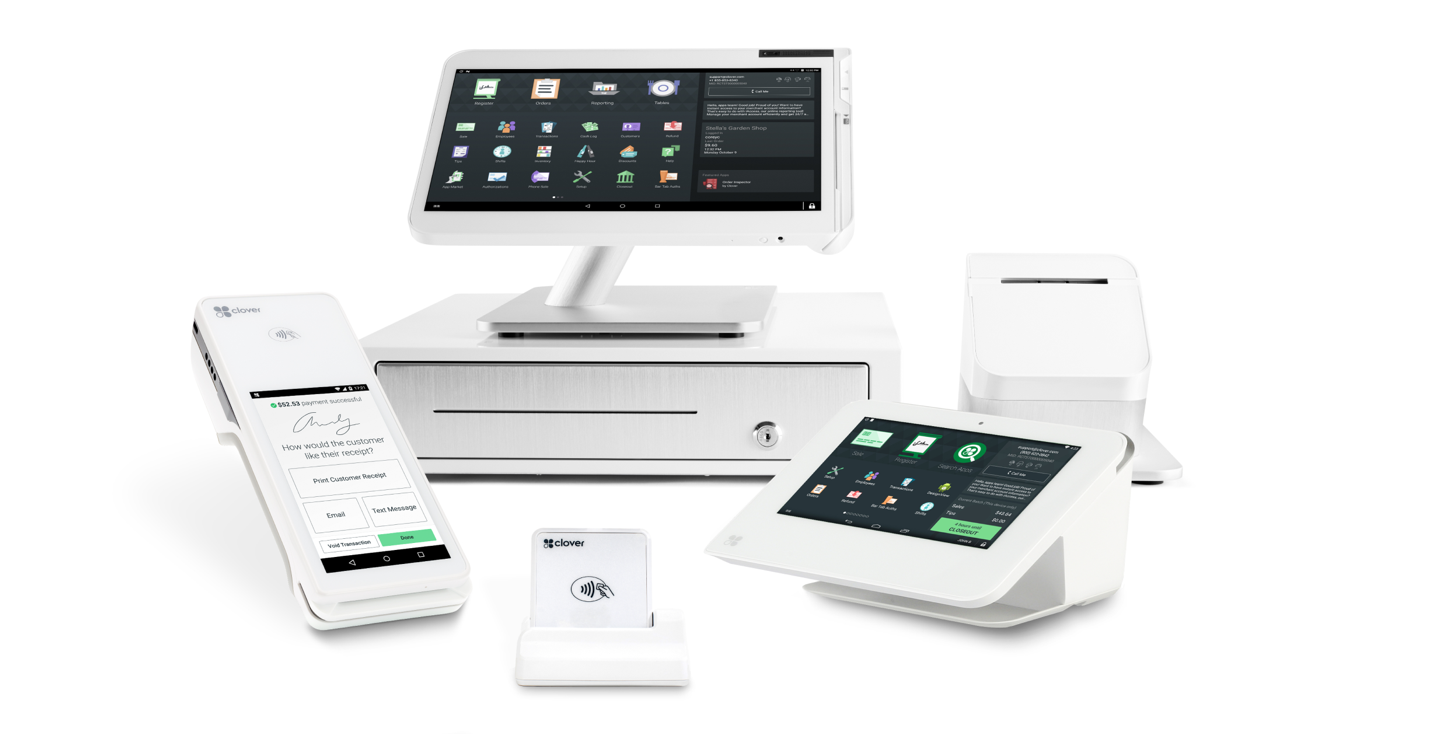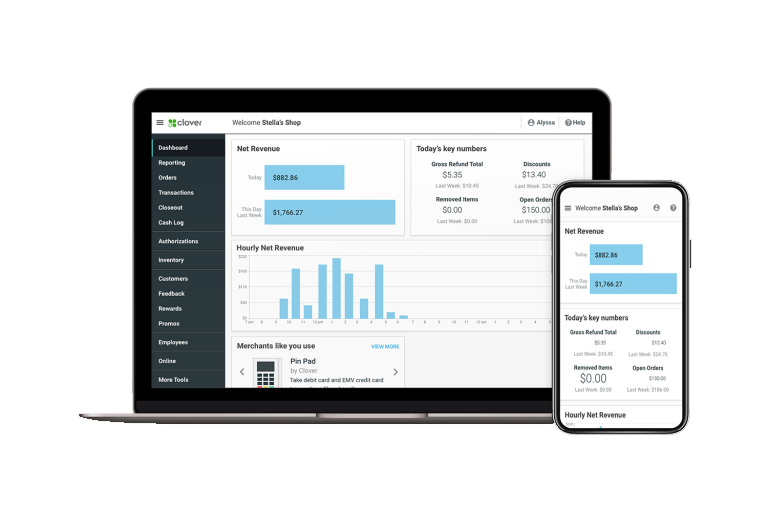In our previous blog post we discussed the issue of chargebacks. A chargeback happens when a customer disputes a credit or debit card charge on their account. This can happen if you make a billing mistake, the customer doesn’t like the product or service, the payment was made with a stolen card, or the consumer is trying to get out of paying for a legitimate purchase.
No merchant likes to see a chargeback on their monthly statement. A chargeback is a loss your business has to absorb – it’s literally money out of your own pocket.
Is it possible to reduce the risk of customer chargebacks? The answer is yes – if you’re proactive. To that end, here are eight things you can do to reduce the risk of customer chargebacks to your business.
1. Embrace Chip Card + PIN Payments
The most effective way to reduce fraud-based chargebacks is to accept only chip cards with PIN payments. Chip cards were developed for the express purpose of reducing criminal fraud from stolen cards. When a customer uses a chip card and enters his PIN, you can be assured that the card is not stolen and the purchase is legit. (Visa reports that chip cards have reduced counterfeit fraud by a whopping 87% since their introduction.)
In addition, many cases of consumer fraud occur because people know that virtually all contested swipe card purchases will be resolved in the customer’s favor. (This is one way the credit card companies are nudging merchants into accepting only chip cards.) When a shady customer discovers that you accept only swipe payments, he can make one or more purchases, wait for the bill to come due, and then tell his credit card company that he really didn’t make those purchases. With no chip card + PIN to back you up, you have nothing to refute the claim and you get the chargeback.
By accepting chip card payments you ward off this type of consumer fraud. The shady customer can’t claim that he didn’t make the purchase, as the purchase was made with his chip card and confirmed by his PIN. The attempt to get away with not paying for that purchase is thwarted.
2. Collect All Necessary Customer Information
Whether you accept swipe or chip cards, it pays to collect as much information about each customer as possible. This is especially so when you’re processing online or phone orders, but also applies for in-person purchases – especially those with a high purchase amount.
What should you collect? Your credit card processor has a recommended protocol to follow, but you typically want to get the customer’s billing address, ZIP code, phone number, and maybe email address. You should also get the CVV number on the back of the card and check the card’s expiration date.
3. Use a Recognizable Billing Descriptor
One common cause of chargebacks is when a customer doesn’t recognize a charge on his credit card statement. This typically happens when the company descriptor for that transaction doesn’t clearly describe the business name.
To reduce the possibility of this type of chargeback, you need to make sure that your descriptor clearly identifies your company as your customers know it. Don’t use the name of a holding company or parent corporation; use the name your business goes by in the marketplace.
If there is other information in your descriptor, position it after your company name. You can also include contact info (phone number and website) in the descriptor, after your name, to make it easier for concerned customers to contact you if they don’t recognize the transaction.
4. Don’t Add to an Order without Notice
I had a situation on our personal charge card recently that almost caused me to request a chargeback. My wife had eaten at a local restaurant and paid with plastic; the charge went through as normal. Then, about a week later, I saw a second, smaller charge from that same restaurant on our account. We couldn’t figure out what the second charge was for and thought we might be the victim of credit card fraud.
Upon further investigation it turns out the mystery charge was the tip for the original meal that the restaurant ran through separately, and at a much later date. The merchant’s separation of tip from the original bill (and processing the tip so much later) caused confusion to the customer (us) and almost resulted in an unnecessary chargeback.
If you need to add onto a bill at some point after the original sale, make sure you alert the customer first. You should also clearly indicate what the new payment entails.
5. Encourage Customers to Contact You
Many chargebacks arise from customer issues that could easily be resolved with a short conversation. To that end, make it easy for customers to contact you with any issues they may have. Make sure you include your phone number (toll-free if you have one) and email address on your customer invoices and on your website. Don’t make customers hunt for contact information. Post-purchase customer calls are not a nuisance, they’re a way of keeping your customers satisfied – and reducing the chances of a chargeback.
6. Make it Easy for Customers to Get Refunds
If a customer is dissatisfied, make it easy for him to get a refund. If a customer cannot easily return a product, he or she is more apt to request a chargeback from his credit card company.
Remember, as a merchant you have to pay a fee for any chargebacks you receive. It’s cheaper for you to refund the purchase price directly to the customer than it is to deal with a chargeback. (It’s also less hassle.)
Most customers only resort to chargebacks if they feel they can’t request or won’t receive a refund directly from the merchant. To this end, you should put in place a visible and customer-friendly return/refund policy. Customers should be able to easily request a refund (via phone or on your website) and have it processed within a reasonable period of time.
Your refund policy should be printed on all your invoices and receipts, and receive prominent placement on your website. It’s not that you want to encourage returns, but rather facilitate them to better satisfy your customers.
Make sure you keep a record of all refunds issued, just in case a customer decides to contest the credit card charge in addition to getting the refund. Refunds should always be issued to the same card used to make the transaction. Never give the customer cash or a check for a purchase made via credit card.
7. Ship Quickly
If you ship or deliver your products, make sure you get them to your customers as quickly as possible. If a customer has to wait days or weeks to receive something they purchased, they may think the item isn’t coming at all and ask for a chargeback. In addition, some customers get buyer’s remorse that might cause them to reject a slow shipment when it finally arrives.
In addition, you should always request a customer signature or other proof of delivery for products that are shipped or delivered. This way you can contest any claims that the customer didn’t receive the order.
8. Be Wary of Unusual Transactions
Finally, and perhaps most importantly, you need to take any and all steps necessary to avoid becoming a victim of criminal fraud. That means, more than anything, being on the alert for transactions that are way out of the ordinary.
For example, if your average transaction runs under $100 and all of a sudden you have a big order for $3000, that’s something you need to look into to confirm that it’s legitimate. Likewise, beware of out-of-state and overseas orders from new customers, especially those for large dollar amounts. And if you accept phone, mail, or online orders, be suspicious if the customer’s billing and shipping addresses don’t match. Any sale that looks way too good to be true probably is – and could result in a big chargeback if it turns out to be fraudulent.
Let Higher Standards Help You Reduce Your Customer Chargebacks
Want more help in reducing the risk of customer chargebacks? Contact your Higher Standards advisor today to discuss what you can do to deal with chargebacks and improve your company’s bottom line.
Our company
Learn more about what Higher Standards does, and why.
Our team
Meet the Higher Standards management team and our network of expert advisors.
Join our team
Learn how to become an independent Expert Advisor for Higher Standards.
Our GIVE BACK program
Learn how your company’s payment processing can support your favorite church or non-profit.
Credit card processing
Choose the best and most affordable processing solutions for your business.
Ecommerce processing
Grow your business with safe and affordable online payments.
B2B payment processing
Realize significant savings on Level 3 transactions with other businesses.
Electronic check & ACH payments
Accept electronic check and ACH payments quickly and securely.
Merchant cash advances
Tap into future credit card sales to gain access to working capital today.
Gift cards & loyalty cards
Offer gift cards and loyalty cards online and at point of purchase.
Processing for K-12 schools
Accept credit and debit cards for school meals, events, and fundraisers.
Give Back Gateway for non-profits
Software and processing that let churches and non-profit organizations accept online donations.
HS PayBridge
Integrated payment solution for city and state governments, school districts, childcare centers, athletics, and more.
Terminals
Kiosks
POS systems
Complete point-of-sale systems to help you manage your entire business.









